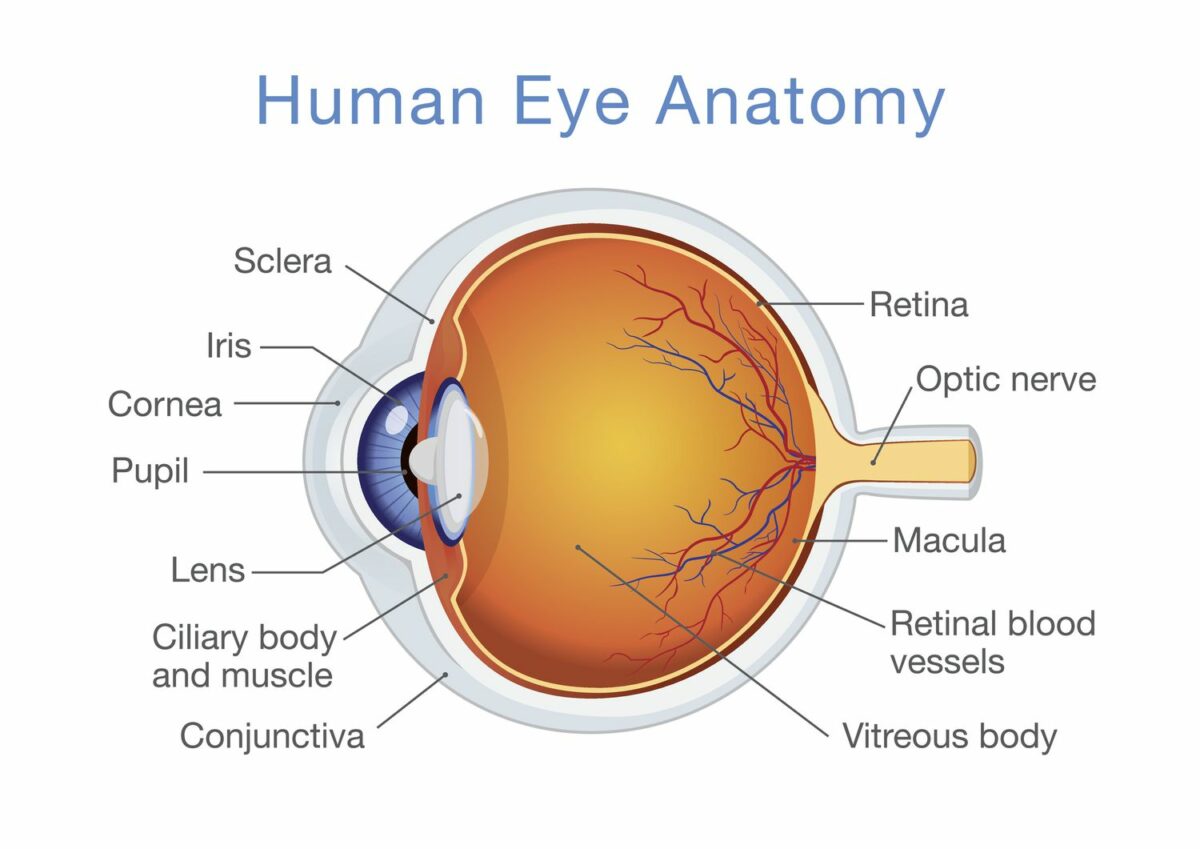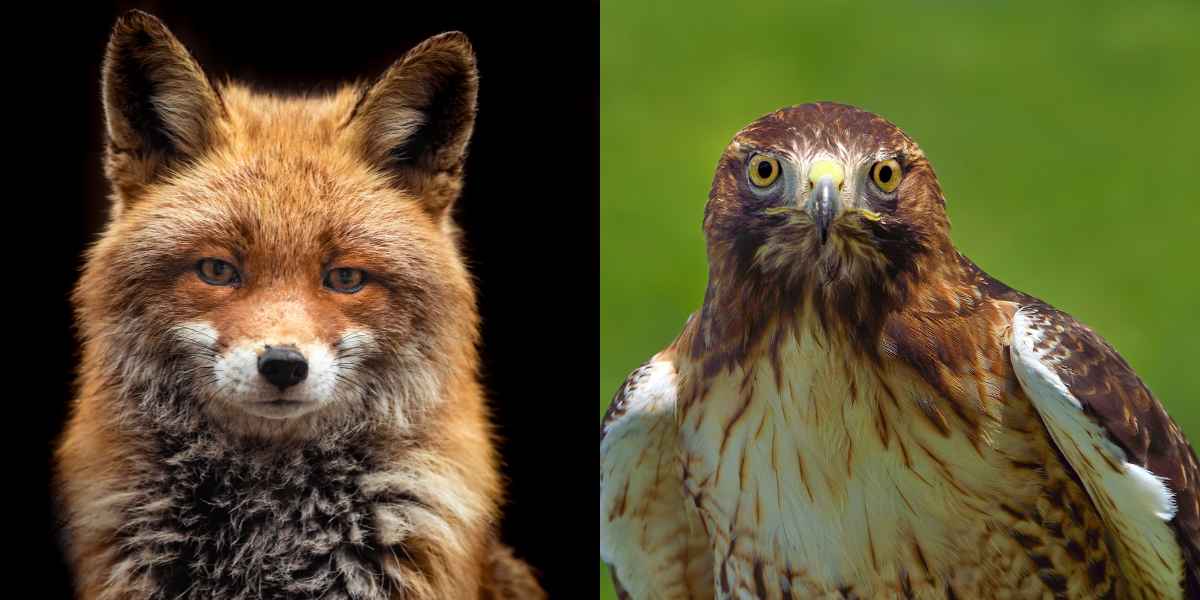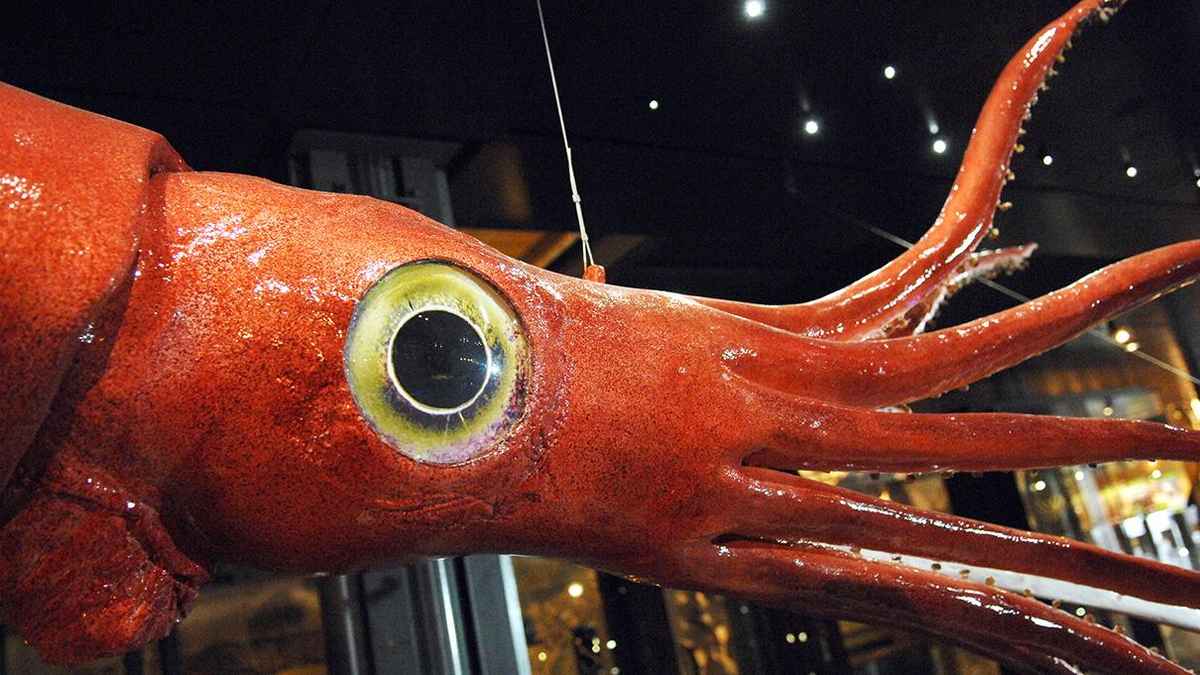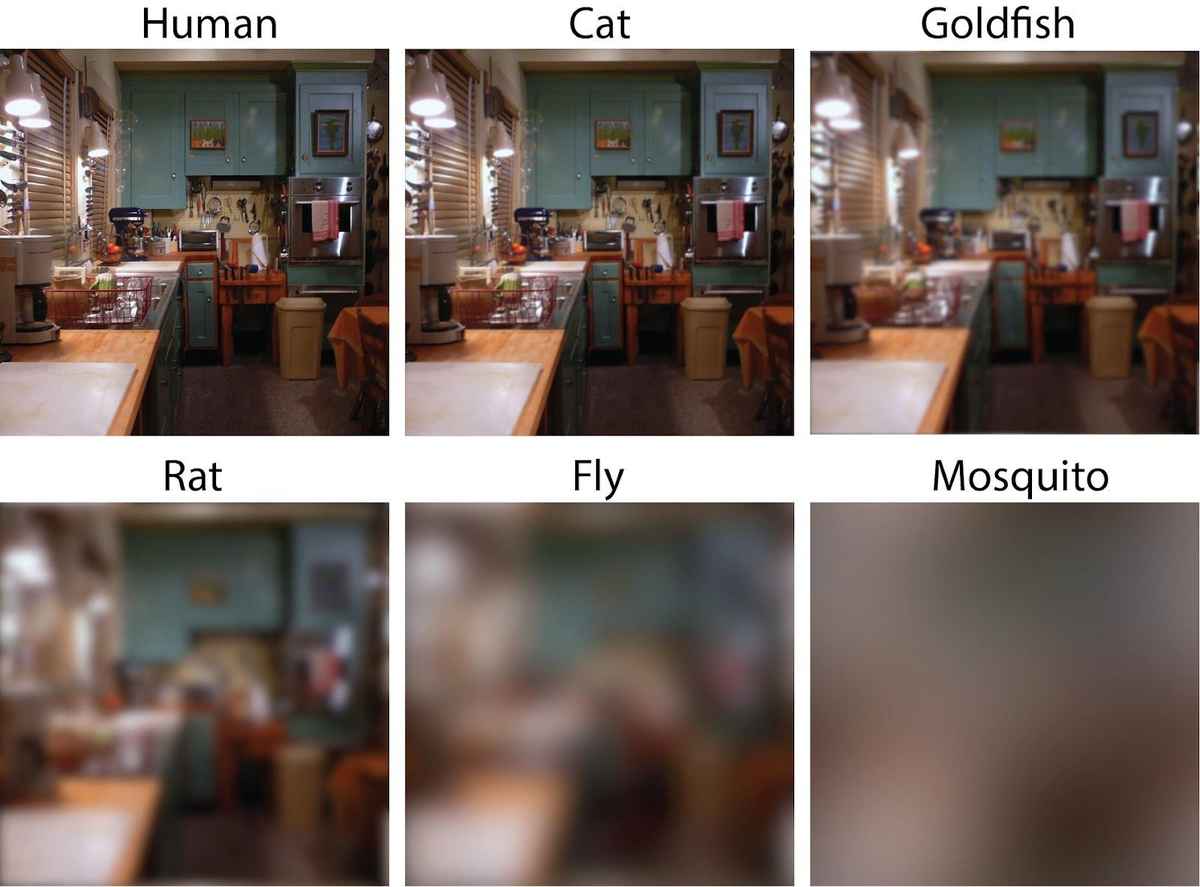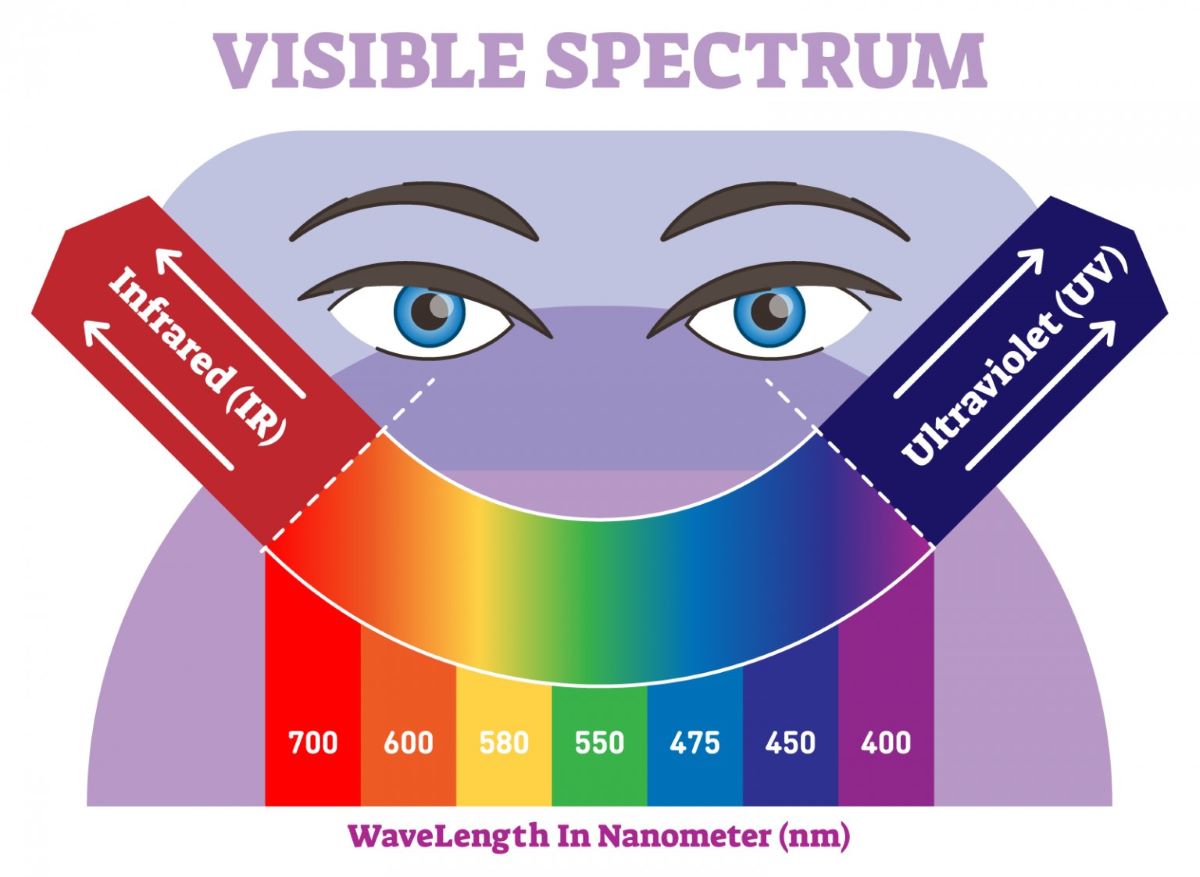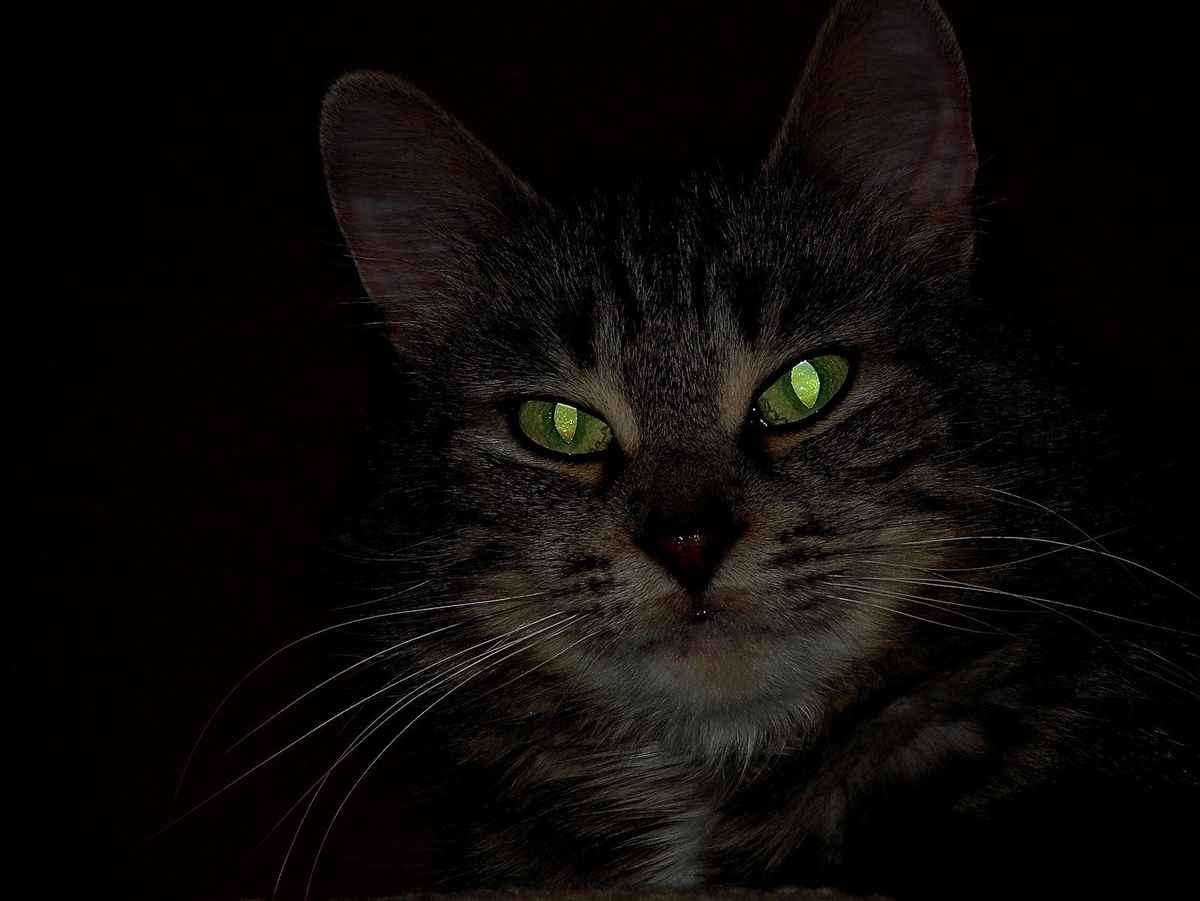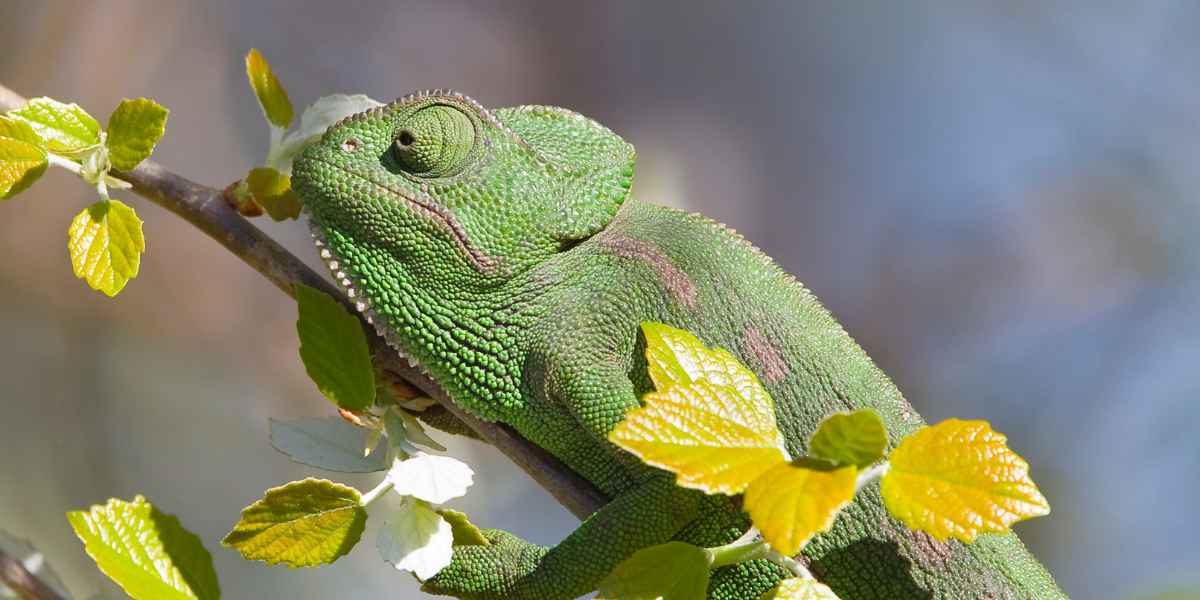Human vs. Animal Vision: How Human Eyes Differ from Animals
Human eyes are really remarkable.
From the ability to see a vast range of colors to our unique ability to pick up on subtle facial expressions, the human eye is truly a marvel!
In this article, we’ll explore some of the fascinating ways our eyes differ from those of other animals.
What can our human eyes do?
Understanding the human eyes’ unique features and capabilities is crucial to appreciate their complexity and importance fully.
The anatomy of the eye is fascinating, with crucial components including the cornea, lens, retina, and optic nerve.
The cornea is the transparent outer layer that helps to focus light, while the lens adjusts the focus to see objects close up or far away.
The retina is located at the back of the eye and contains specialized cells that convert light into electrical signals that the brain can interpret.
The optic nerve carries these signals to the brain, processing them into recognizable visual images.
How humans and animals generally see the world
Humans and animals generally experience the world quite differently.
Humans see a spectrum of colors because we have cones (special cells in the retina responsible for color perception) for red, blue, and green.
We can also see fine details that many other animals, such as goldfish and rats, cannot.
Nocturnal animals, like foxes, have adapted their low-light vision to navigate their nightly activities better.
On the other hand, birds of prey, such as hawks, are equipped with forward-facing eyes that enable greater depth perception when they soar high above the land.
Underwater creatures can observe a far greater range of colors than those living on dry land.
For example, most fish have tetrachromats, meaning they have an extra cone in their eyes that allows them to see ultraviolet light.
How physically different are human vs. animal eyes?
The anatomy of animal eyes can vary quite a bit from human eyes.
Some animals have more eyes than humans, like spiders and insects, with multiple pairs of eyes.
Multi-eyed creatures have evolved to have multiple eyes to help them survive in their environments.
Their extra eyes allow them to have a wider field of vision, see in different lighting conditions, and even recognize patterns and movements more easily.
Additionally, some animal eyes are much larger than human eyes, such as the giant squid, whose eyes can grow up to 10 inches in diameter.
The giant eyes may not help hunt for food because the deep ocean is very dark.
But they could help capture more light to detect larger predators lurking in the shadows.
Despite these physical differences, there are also many similarities between human and animal eyes.
Mammals like pigs and tigers have eyes with corneas, pupils, and retinas.
Do animals see more clearly?
Visual acuity, or the clarity of vision, is influenced by several factors. These include;
- Size and shape of the eye.
- Number of light-sensitive cells.
- Presence or absence of lenses.
Humans have some of the sharpest eyesight in the animal kingdom.
While household pets like dogs may have a great sense of smell and hearing, our eyes are superior when it comes to seeing fine details.
In fact, after eagles, owls, sheep, and goats, human eyes are near the top for visual acuity.
We can see with incredible clarity and precision, allowing us to notice even the tiniest of details in our surroundings.
Their environment also affects who has better visual acuity between humans and animals.
Humans have better visual acuity than most animals in open fields or bright light conditions.
That’s because our eyes have a high concentration of cones that help us perceive color and details.
However, in low-light or dimly lit environments, cats, dogs, and other animals have the edge over us.
They possess a more significant number of rods (special cells in the retina responsible for light perception), which help them see better in the dark.
How about human vs. animal color vision?
Light enters the eye and focuses on the retina, where the photoreceptor cells called rods and cones are.
Rods interpret light, while cones interpret colors.
These photoreceptors send signals to our brains for processing, allowing us to see images.
Humans have three types of cones that sense red, green, and blue light, allowing our brains to see thousands of different shades.
However, most other mammals have two types only.
For example, dogs cannot see red but have more rods than humans, allowing them to see better at night. In the wild, seeing well in dim light helps dogs avoid predators better.[1]
Bees and butterflies have four types of cones, allowing them to see ultraviolet colors. While they may not see much detail, their special photoreceptors help them locate nectar on flowers with ultraviolet patterns on their petals.
Think of it like a runway strip for their food.
Can animals really see better in the dark?
Our eyes have evolved to handle low light conditions through dark adaptation.
This means our irises widen while the pupils dilate, allowing more light to enter.
Another interesting thing our eyes do is to increase the sensitivity of the rod cells, which are responsible for our perception of light in darker conditions.
When it comes to seeing in the dark, humans aren’t at the top of the food chain.
While we might be able to muddle through a pitch-black room, animals have impressive night vision capabilities.
Take cats, for instance – their eyes contain a special layer of cells called the tapetum lucidum, which reflects any light that enters their eyes back onto their retina, giving them a chance to see even in near-total darkness.
How eye position affects animal and human vision
Humans have a wide field of view, but did you know that animals like chameleons have a unique advantage in their vision capabilities?
These creatures can move their eyes independently, allowing them to survey their surroundings without moving their head.
This unique advantage may help them to spot potential threats while keeping their bodies concealed from predators.
Eye positioning is also critical in different species, as some animals need to focus on long-distance targets while others require more precise depth perception.
For example, predators like eagles need to accurately strike their prey from afar, so their eyes are towards the front of their head for acute binocular vision.
On the other hand, prey animals like rabbits constantly look for predators and require a wider field of vision, so their eyes are on the side of their heads for a more panoramic view.
Eyes are fascinating masterpieces of nature
Our eyes are a masterpiece of nature, capable of seeing and perceiving an astonishing range of colors, shapes, and patterns.
We’re not the only species with eyes, but some unique features set us apart from the rest of the animal kingdom.
For one thing, our eyes are incredibly versatile, allowing us to focus on objects near and far away. And we have a fantastic ability to adapt to changes in lighting.
When you consider how our eyes help us interact with the world around us, it’s clear that they truly are one of nature’s greatest miracles.
References
- “How do other animals see the world?”, Natural History Museum.

Written by:
Phoebe Jade











